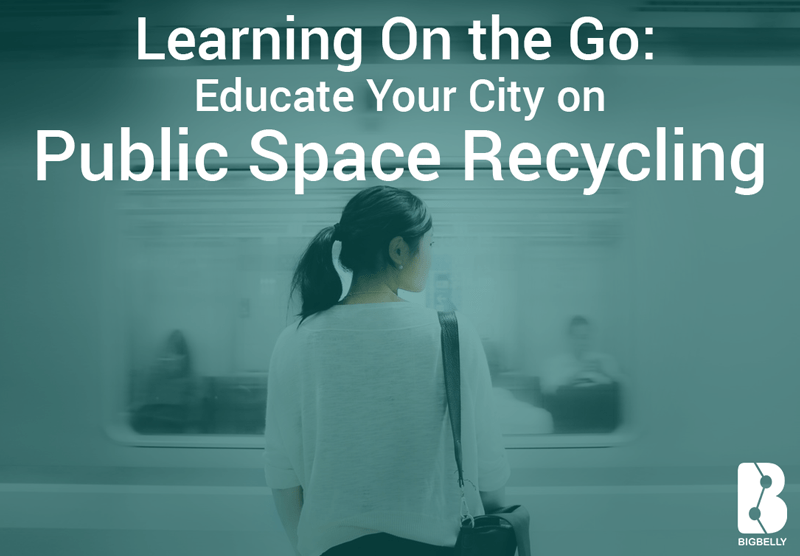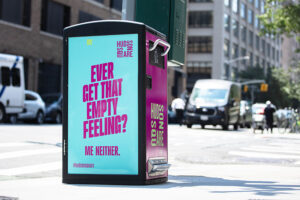
A trashcan is a trashcan. We all know what goes into these ubiquitous containers. They accept the same materials. No education needed.
When it comes to recycling, it’s a different story. Recycling programs differ from place to place. Recycling containers need to provide information to help people understand how to use them properly and often. A report by the Natural Resource Defense Council evaluated New York City’s public education on recycling. The results yielded that only four of 12 items were correctly identified as recyclable or non-recyclable by a majority of respondents. To promote separation of waste and recyclables, effective information must be provided to educate the public for the program can run efficiently.
Signs can create a sense of community by including message like ‘We Recycle’ or ‘Do not put trash in our recycling containers.’
This is a time when less is more and keeping it simple is essential. Use few words, clear message and widely recognized symbols. Additional pictures of specific recyclable items can easily communicate additional information and provide simple instructions for people on the go, those who can not read or do not read English.
Effective recycling education can be as simple as creating labels and signage that are visually appealing and very telling. Labels and signs should be consistent in look. Motivating messages encourage the public to use recycling containers.
There are several essential elements for any recycling sign and container.
- The recycling ‘chasing arrows’
- The word ‘recycling’
- Images of recyclable materials
- Color-coding that separates recycling from trash – it seems blue is the widely adopted color for recyclables
Environmental awareness is a common motivator for people to recycle. Labels and signage can remind people of the environmental benefit of recycling.
Beyond the container, making recycling as convenient as trash disposal by pairing trashcans with recycling units can dramatically increase recycling rates. Similarly, additional education raises community awareness, minimizes contamination, and maximizes the recyclable materials captured from the public space waste stream can reduce recyclable materials in the waste stream. The New York study previously mentioned stated that although there were educational efforts in place, more than half of respondents believed the program was only fair or poor. It is important to extend educational efforts beyond the point of disposal, in order to firmly assert program goals. Areas that provide opportunities for additional recycling education beyond the container include:
- Public service announcements (PSAs)
- Recycling images and text included in literature, brochures, websites, maps, reservation forms, etc.
- Banners on poles
- Information about recycling programs displayed in reception areas, gathering spaces, and lobbies
- Education of public space staff
Source: Natural Resources Defense Council
“New York City’s Failing Public Education Campaign for Recycling”
http://www.nrdc.org/cities/recycling/nycsurvey/survey.asp



